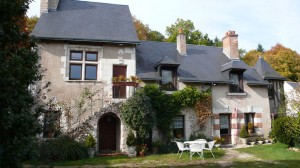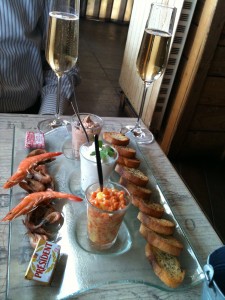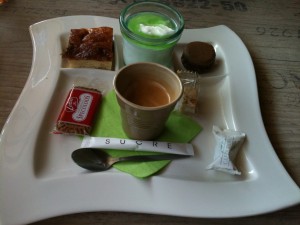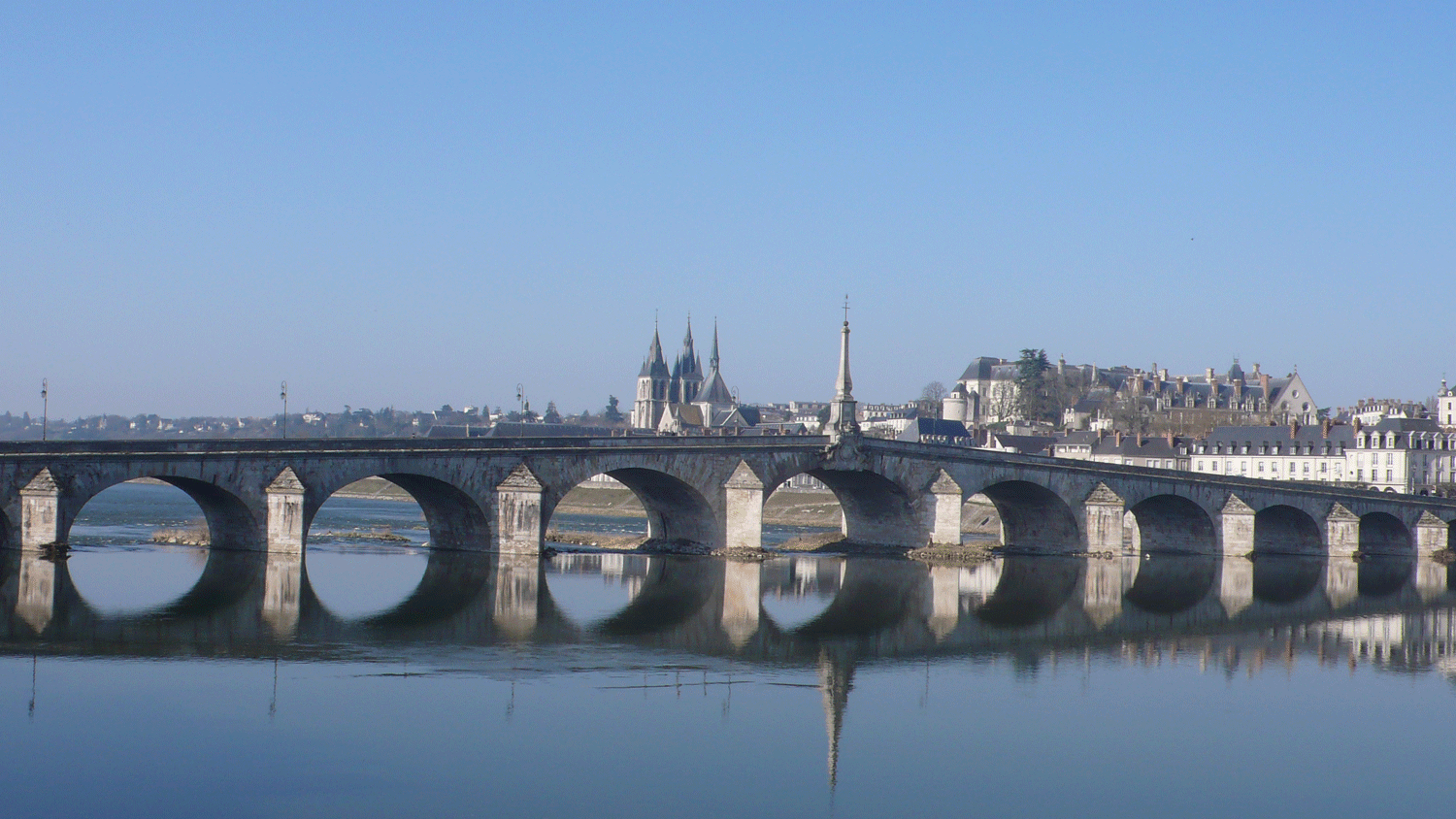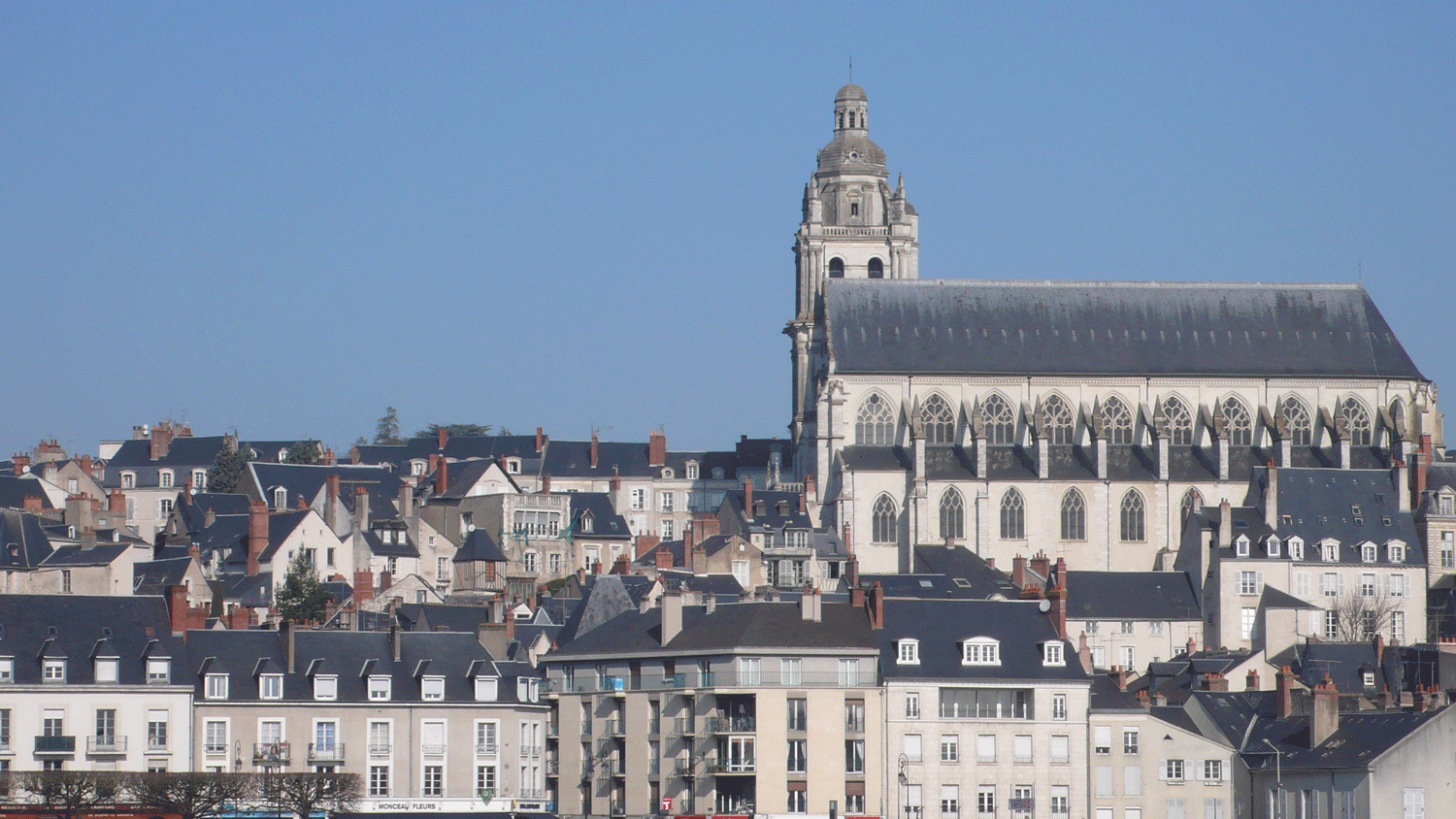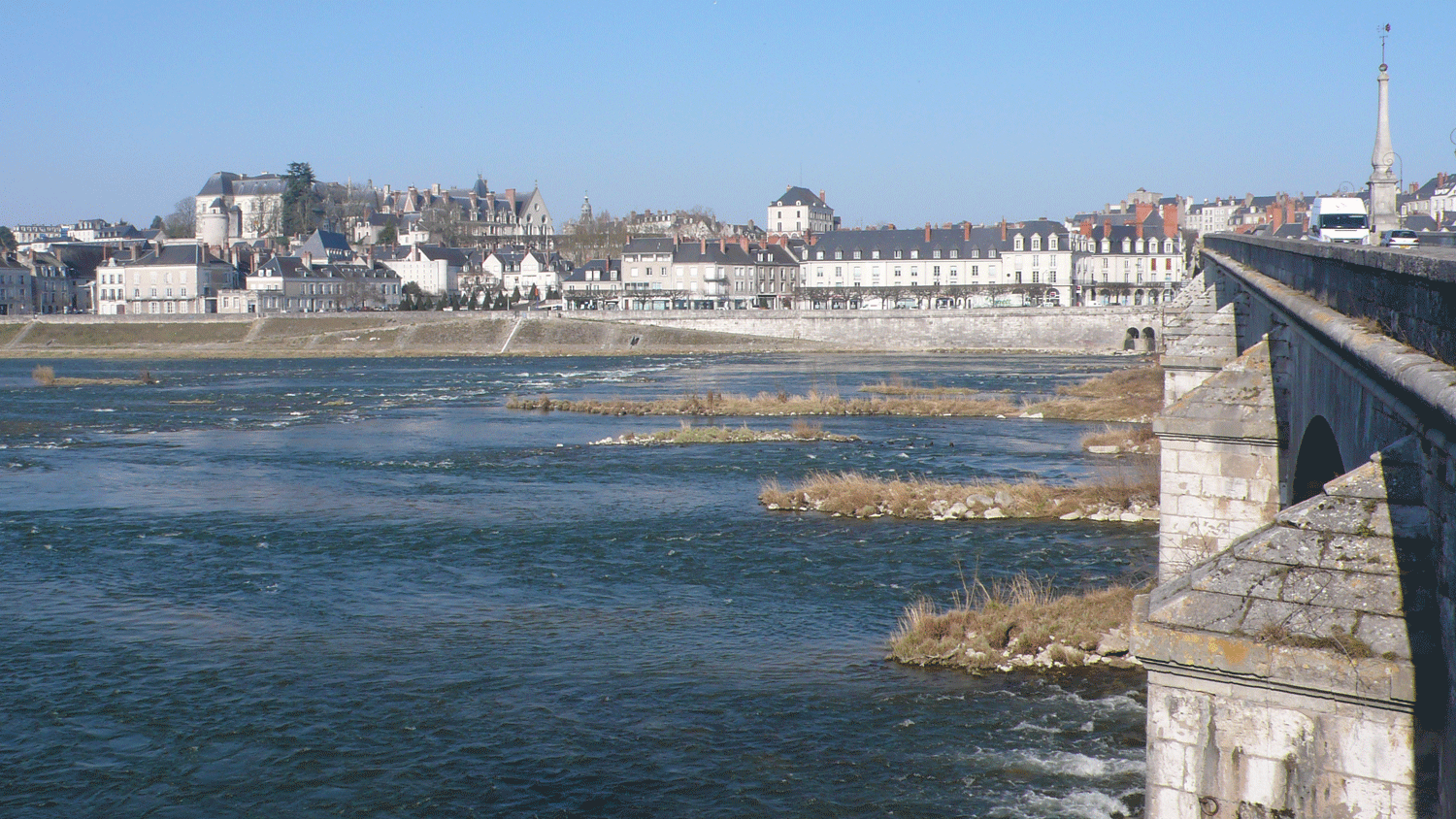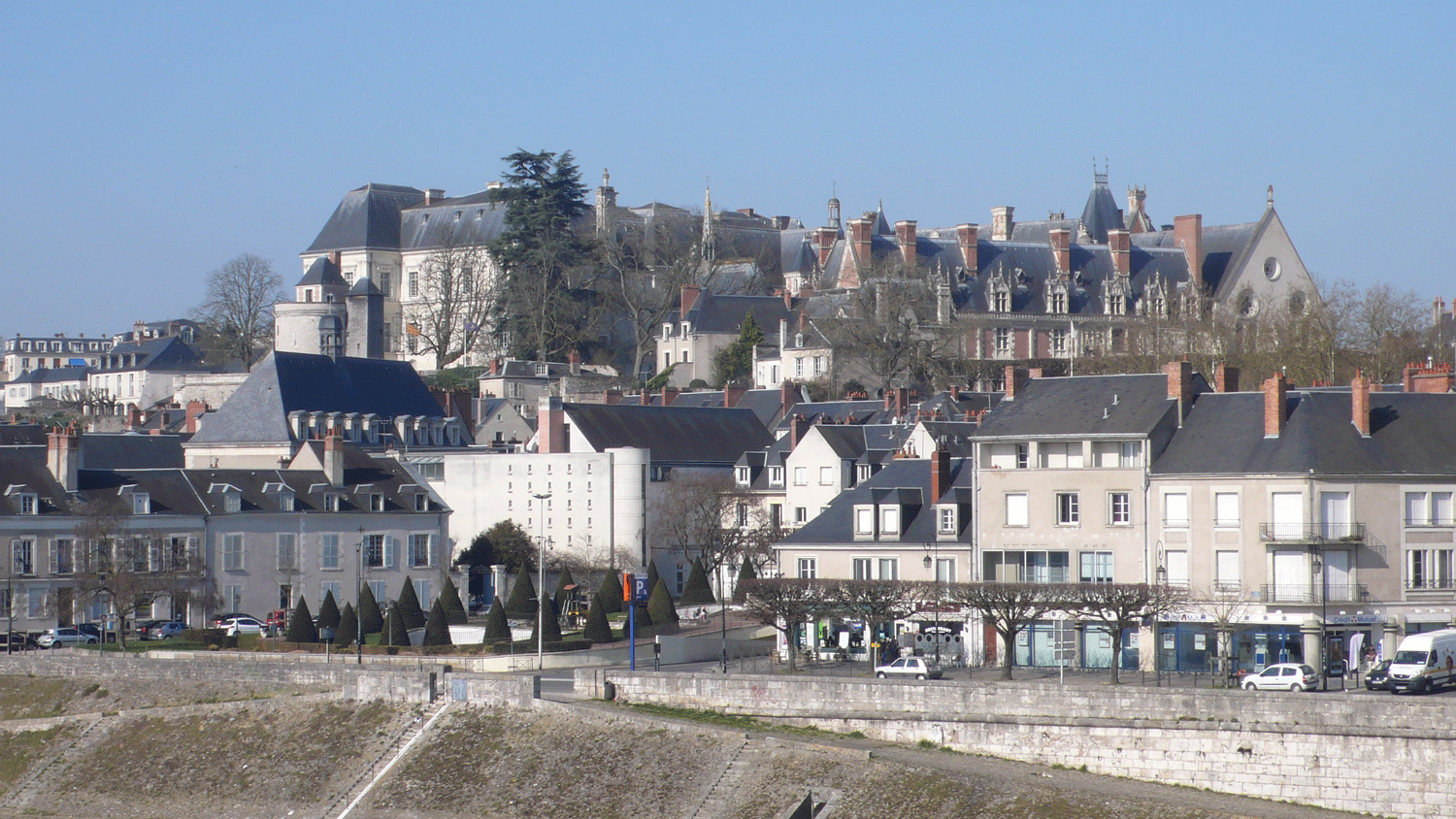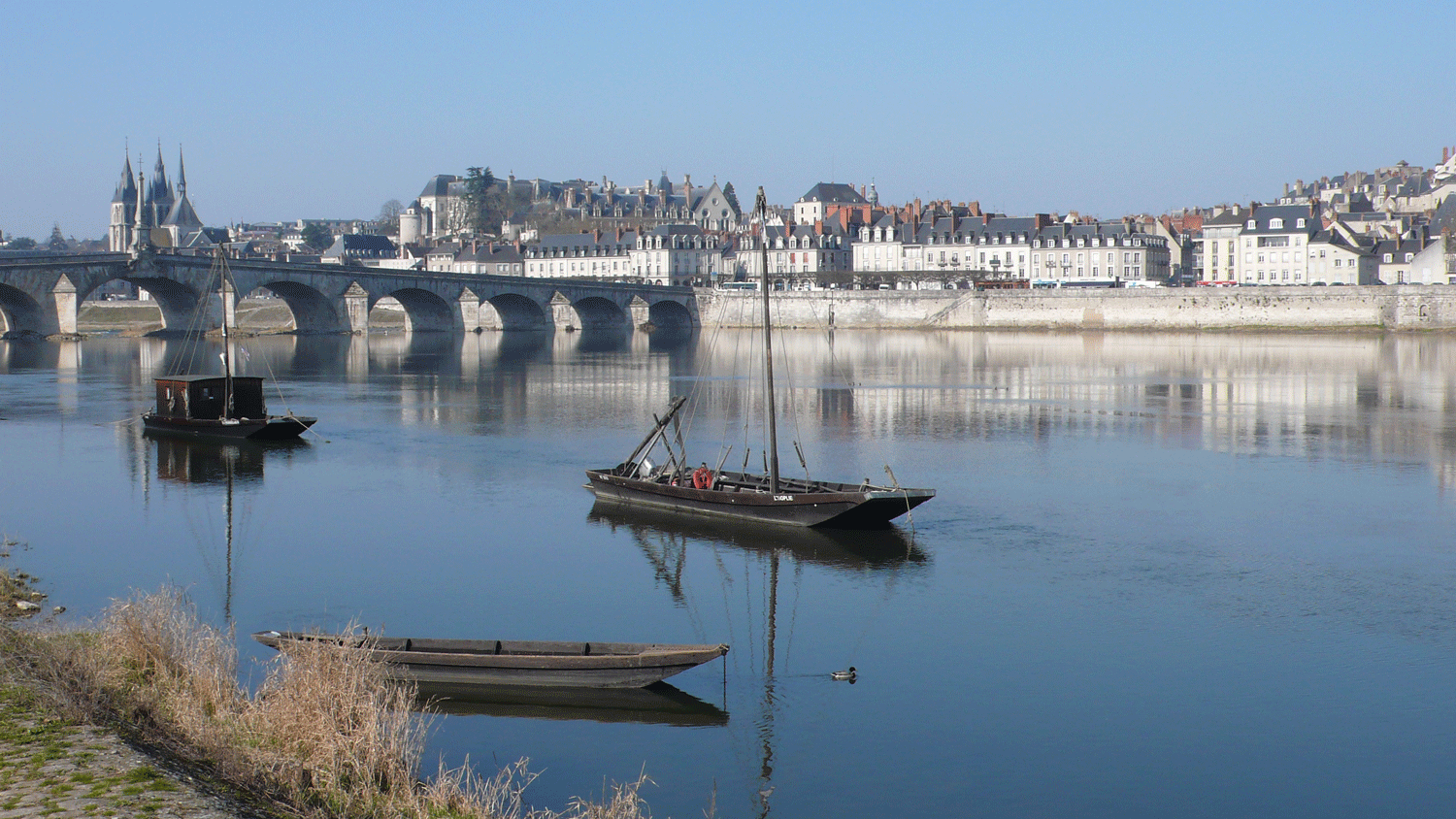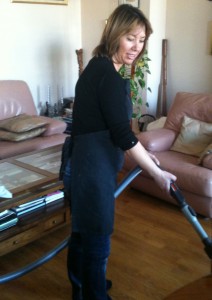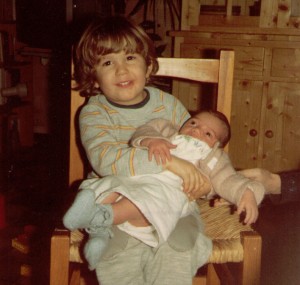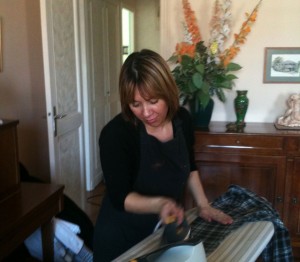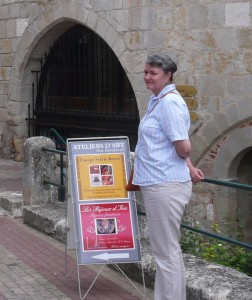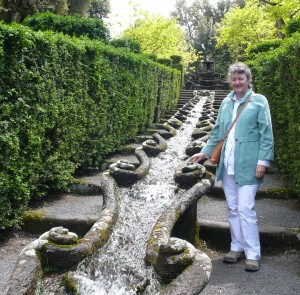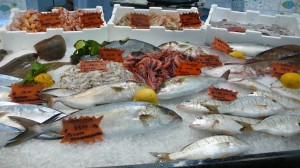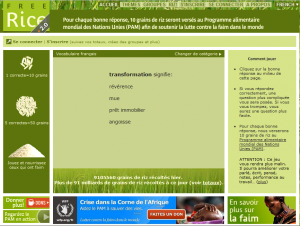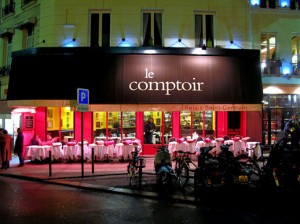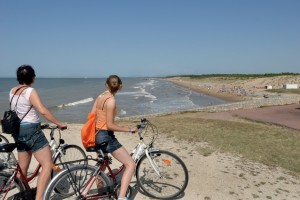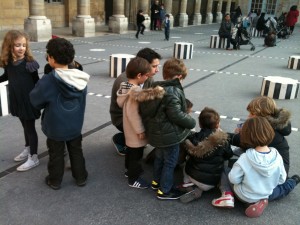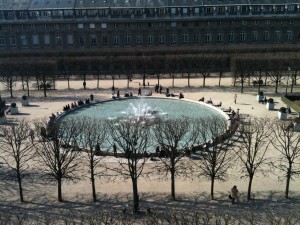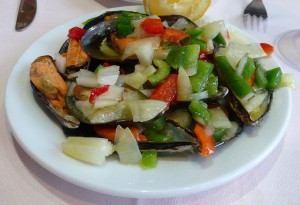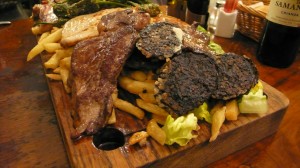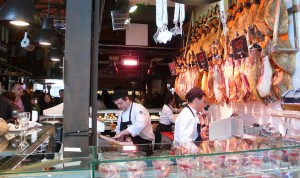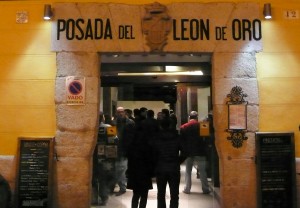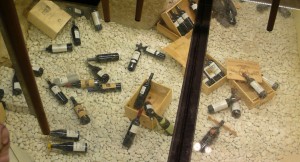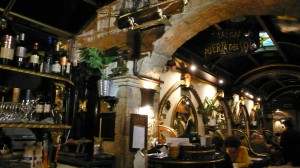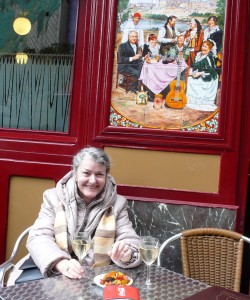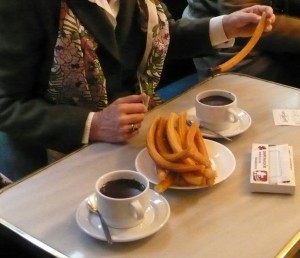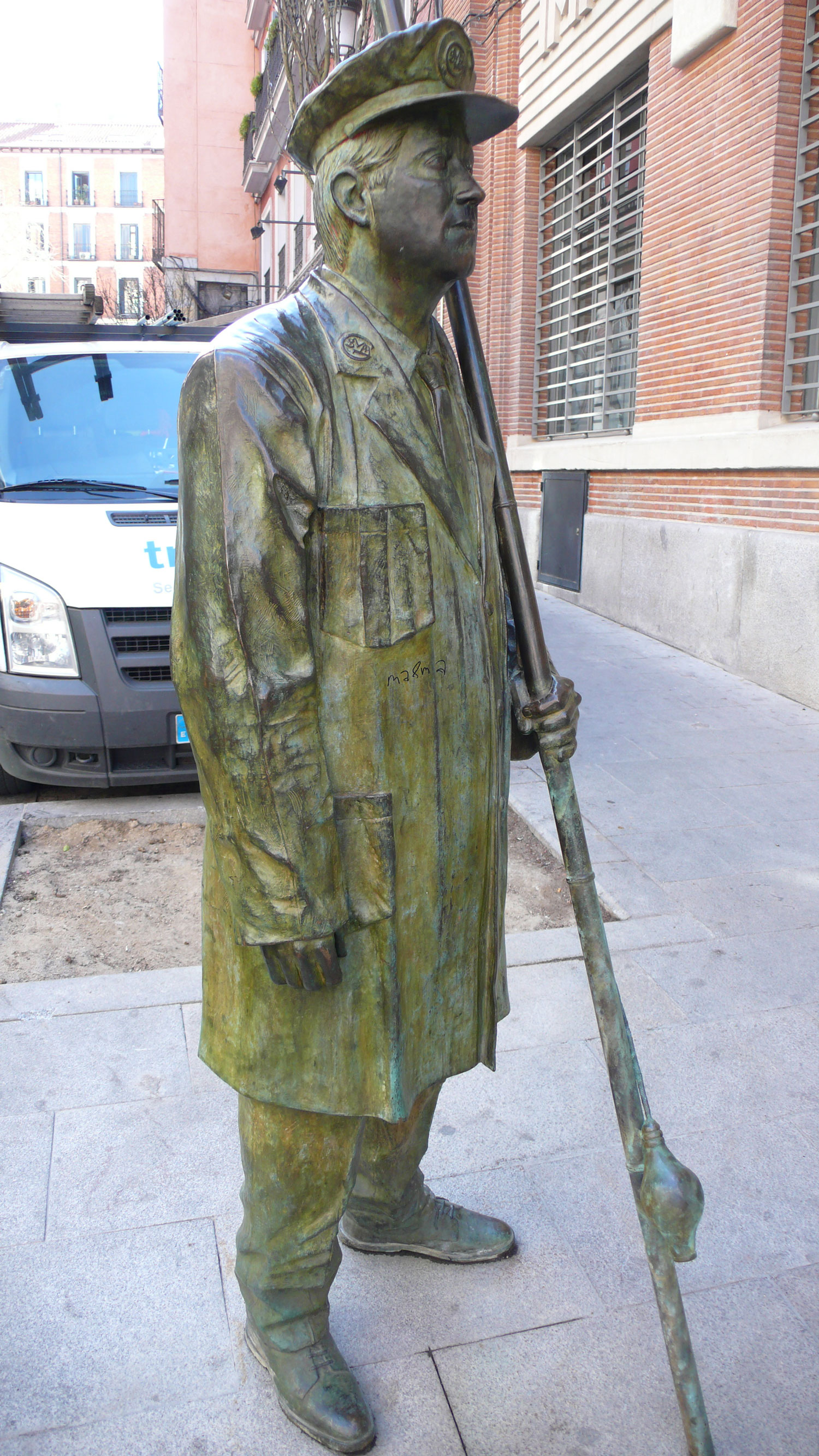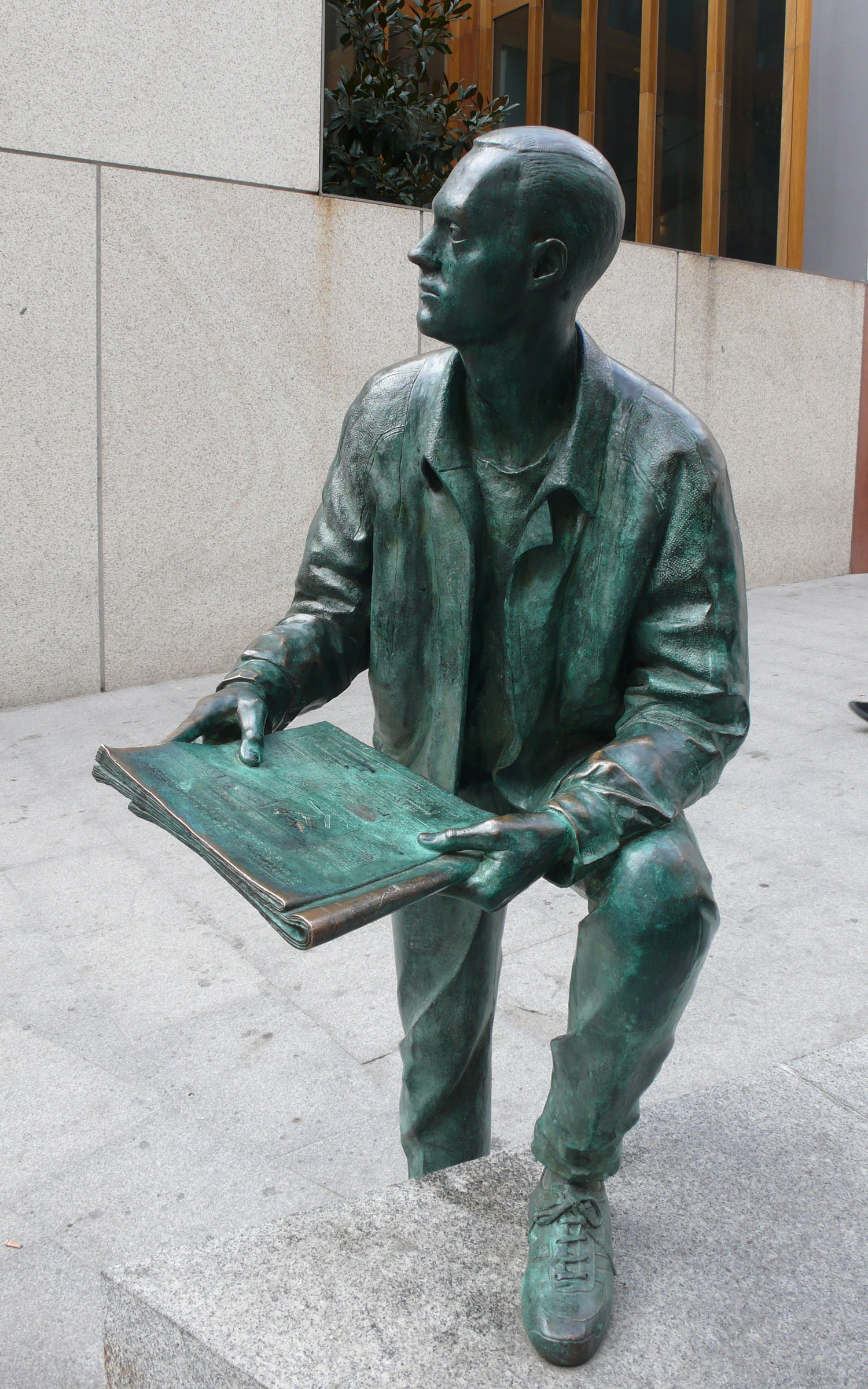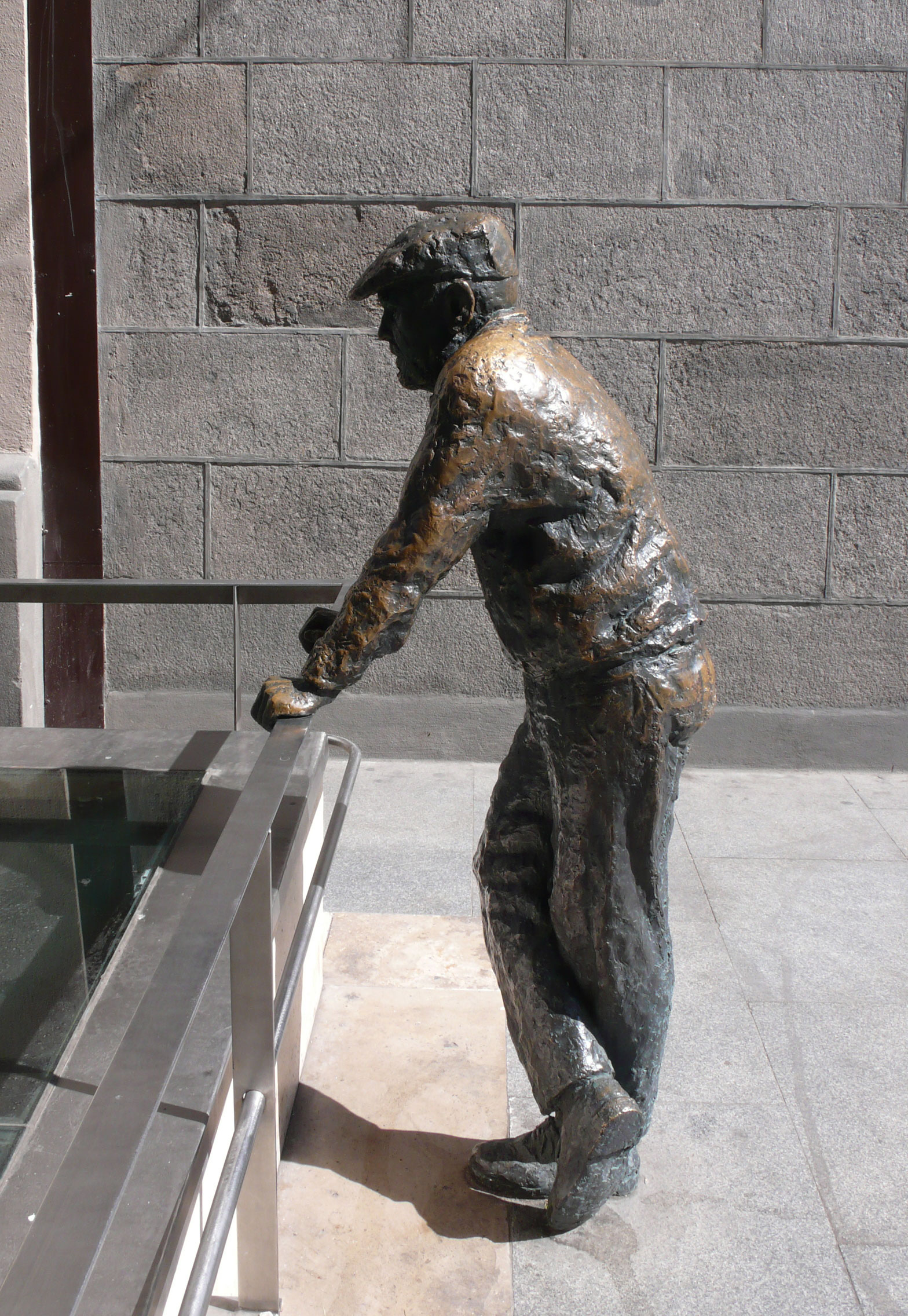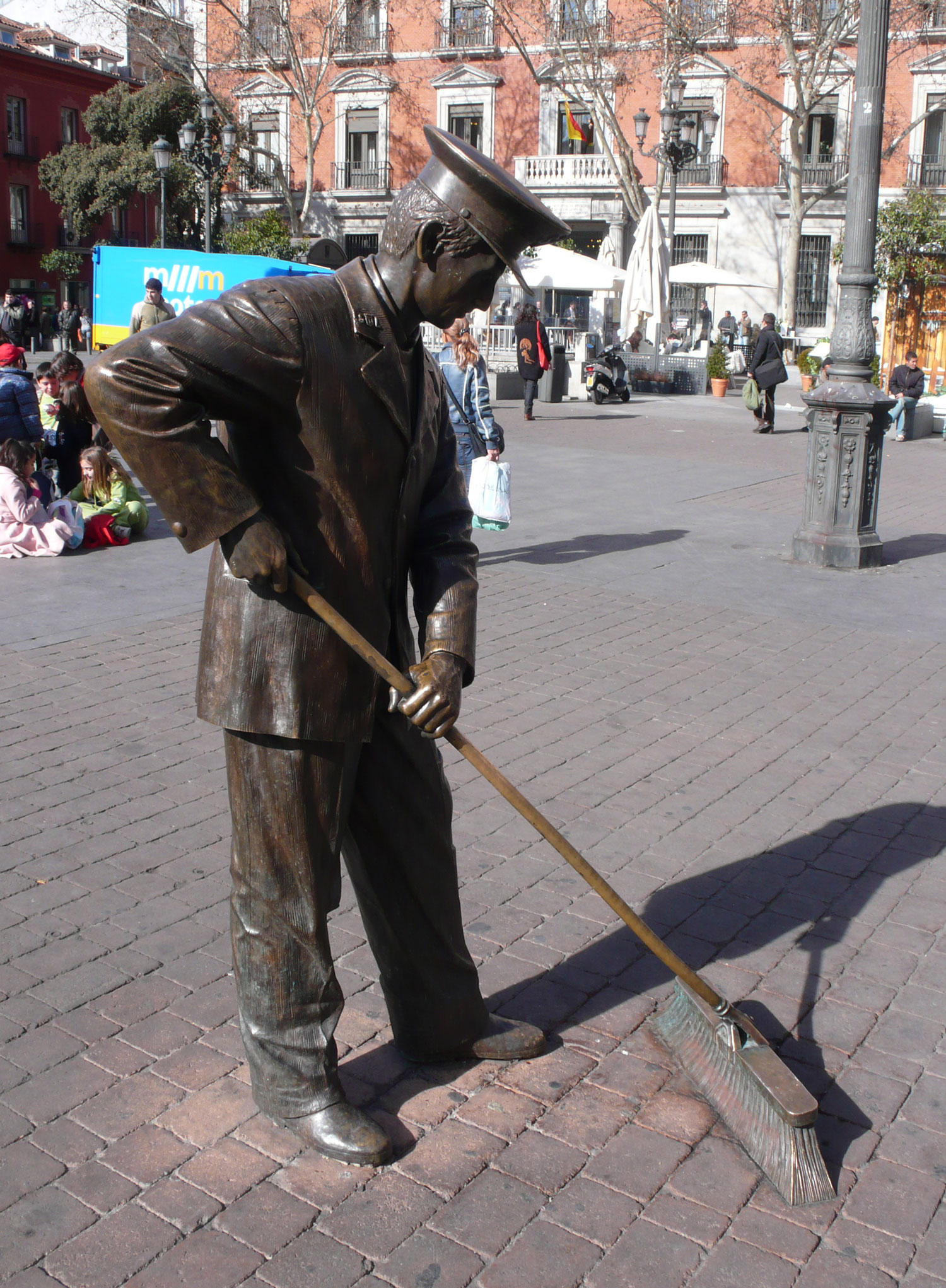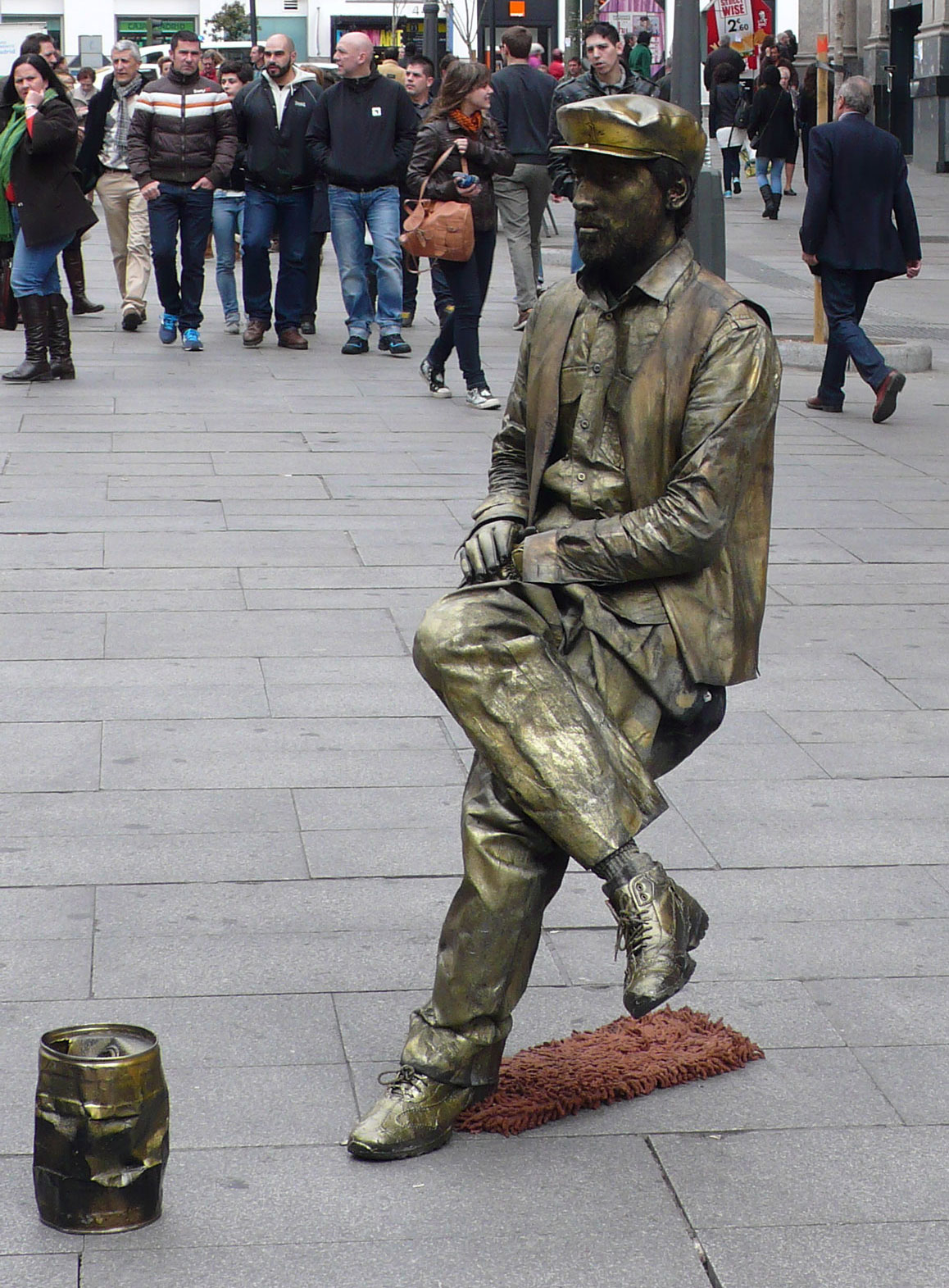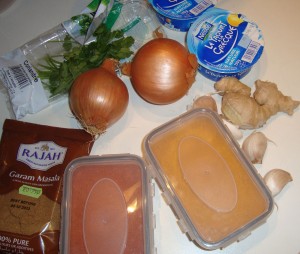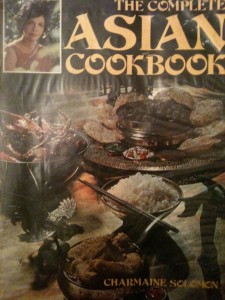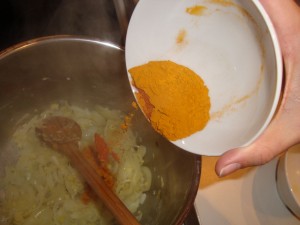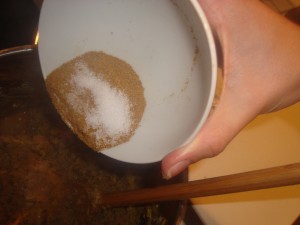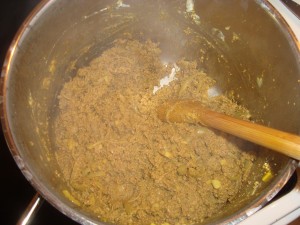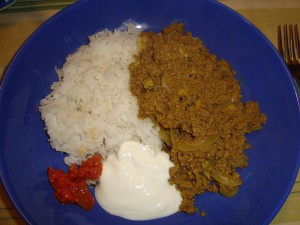We’ve been haunting second-hand furniture shops and websites since we signed the promise of sale for our house in Blois last October and having a lovely time. Now that it’s actually ours and we can’t live there permanently until Relationnel retires in 2014, we’re getting it ready for self-catering holiday rental. When we first started looking for furniture, we didn’t really know what we wanted.
 One of the styles we kept finding at incredibly low prices is called Henri II. Considering that the French king by that name was born in 1510 and died in 1559, it hardly seemed likely that the furniture we were seeing actually corresponded to the time of his reign, particularly since Relationnel said it was the sort of thing his grandparents had. So I checked it out.
One of the styles we kept finding at incredibly low prices is called Henri II. Considering that the French king by that name was born in 1510 and died in 1559, it hardly seemed likely that the furniture we were seeing actually corresponded to the time of his reign, particularly since Relationnel said it was the sort of thing his grandparents had. So I checked it out.
It turns out that it corresponds to the “second” French Renaissance, also called Renaissance Revival, which took place in the second half of the 19th century. The main piece is the buffet made of solid oak or walnut and consisting of two parts with torsaded columns and spindles holding up the top part, sculpted bas-relief figures on the doors, complex heavy cornice and base mouldings and bun feet. The table is usually an almost-square with two or three extensions and the chairs are frequently upholstered in deeply sculptured, dark brown leather which rarely stands up to the test of time. Chairs with cane seats and sculpted wooden backs also exist. It’s difficult to find ones with the cane still intact and it costs a fortune to have them redone.
Henri II furniture is not at all popular in France. It is considered to be dark and old-fashioned. Also, the buffets are usually very high which makes them unsuitable for modern houses and apartments. They are perfect, however, for our Renaissance house! Some of the figures on the bas-reliefs are somewhat naive, but there are some very intricate and very beautiful pieces to be found, particularly on www.leboncoin.com.
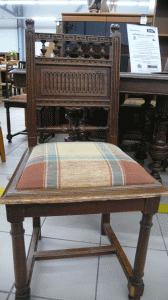 Our first Henri II purchase was a table with six chairs in which the cane has been replaced with fabric-covered padding. We thought they would be perfect for our large kitchen. We then set about looking for a buffet, table and leather chairs for the dining room. On the phone, I specifically asked if the chairs were in good repair and was told, each time, that they were. Each time, however, they proved to be torn and cracked!
Our first Henri II purchase was a table with six chairs in which the cane has been replaced with fabric-covered padding. We thought they would be perfect for our large kitchen. We then set about looking for a buffet, table and leather chairs for the dining room. On the phone, I specifically asked if the chairs were in good repair and was told, each time, that they were. Each time, however, they proved to be torn and cracked!
After driving for two hours (and being reassured, once again, that all six chairs were in good condition), we found a buffet we really liked. The first two chairs were fine, but that was all! Fortunately the owner, who was selling off the contents of his parents’ 17-room home, also had 8 cane chairs as well so I guess that will have to do. At least the cane is in good condition. It’s a pity, because I love the leather chairs but unless they are maintained well, the leather dries out and cracks.

